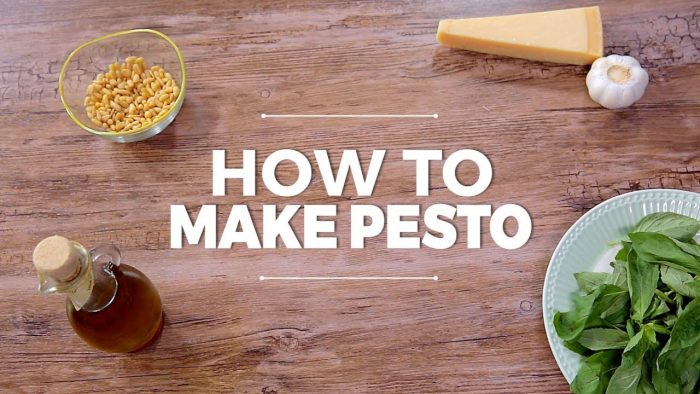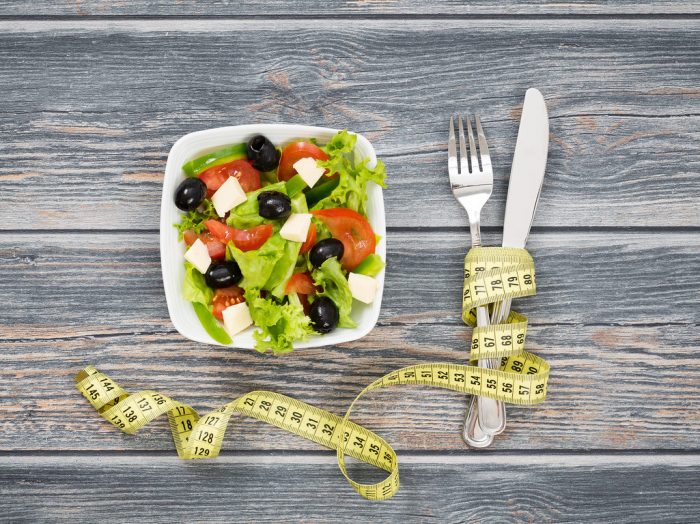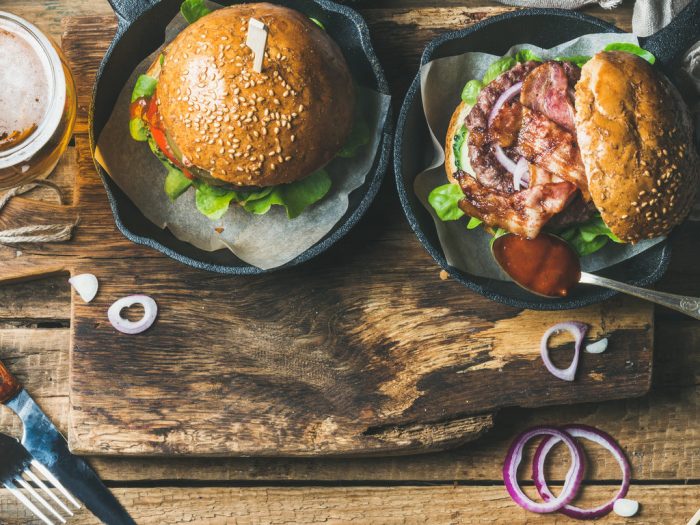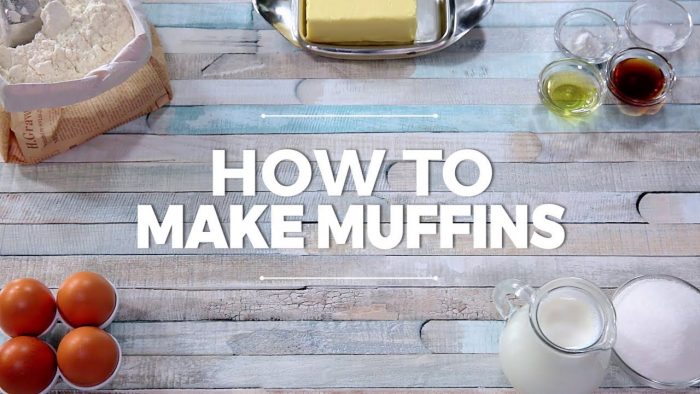Wonderful, vibrant colors, deeply layered flavor, and lots of dishes to pair with. Pesto sauce is, based on merit, one of the most used out there. So if you want to make some tasty pasta, sandwiches, or go off the beaten path and make pizza, then you have to learn how to make pesto. Because the store-bought one just won’t do.
Pesto is so much more than pasta sauce. It’s something that can be used in so many recipes and ways, you won’t know where to start. I did not know what to begin with, either. But then I got a grip, made a list, checked it twice, and started to cross off things. Like pesto muffins. Bruschetta. Pesto potatoes with bacon. Multiple greenery salads. And so many more.
The sauce is not only good-looking and good-tasting, it’s also healthy. We just have to look at the ingredients to see why. It’s made with basil leaves, crushed garlic, pine nuts, cheese, and olive oil.
For a bit of history: did you know that what we all consider to be pesto, so basically the most beloved, is actually pesto a la Genovese? Because in Italy pesto comes from the verb “pestare”, which means to pound or crush, and it covers a lot of other sauces with different recipes – which are all made by crushing the ingredients. Side note: That’s where the word pestle also comes from – a crushing vocabulary connection!
Contemporary pesto has its roots back in the golden days of the Roman Empire when the Romans made a similar paste called “moretum”. It was made by crushing garlic, salt, cheese, herbs, olive oil, and vinegar together.
How to make pesto in 8 steps
1. Gather your ingredients
You will need 2-3 cups of fresh basil leaves, 1-2 crushed garlic cloves, 1/2 cup of toasted pine nuts, 1/2 cup of parmesan cheese, and 1/2 cup of olive oil. If you have an herb garden or a pot, it’s going to be even easier. Once you’ve had more experience with these things, you can even try to experiment by replacing the basil leaves with other greens. Like spinach or kale. Also, for this task, it will be best to use a food processor. Or you risk getting tired really fast.
2. Start with the greens
Add the basil leaves – or whatever green leaves you’re using, to the food processor. If you don’t have one, then you will just chop finely, as finely as you can.
3. Prep the garlic
Pick out some cloves, peel them. If you need help on how to peel them quickly and without fuss, here’s how! Then smash them and add them to the processor, or smash them and finely chop them and add them to the bowl.
4. Next up is cheese
Grate the parmesan, if you haven’t already bought it like that. Grating it yourself gives it an extra bit of flavor. Add it to the food processor. Or the ingredient bowl.
5. Add the nuts
Traditional pesto uses pine nuts, which you can sometimes find in your grocery store. But you can try to replace them with walnuts or almonds if the pine nuts are too expensive for you. Add them to the food processor, if you’re using one. If not, then crush them first with the back of your knife, and then add them to the bowl with the basil leaves.
6. Add olive oil
The best is extra virgin olive oil, but if you don’t have any, you can replace it with simple olive oil. But EVOO has a richer flavor. First add just a little bit of oil and then pour some more, gradually blending it in.
Less olive oil means a heavier paste, great for spreading on toast or pizza. More olive oil will make it a smoother sauce for pastas.
7. Mix them up!
Use the food processor to bring the pesto to a smooth consistency. If not, then use a spoon or fork to mix the crushed and chopped ingredients together.
8. Taste
Figure out if the pesto needs more garlic, nuts, cheese, or basil. There is no perfect formula. You can make it uniquely suited to your tastes!
9. Season
Add some salt and pepper, to taste! Remember that parmesan is already pretty salty, so don’t overdo it!







Where’s the ingredient list?!
See Step 1 – basil, garlic, pine nuts, parmesan cheese, olive oil.
Hi, James! If you’re looking for the quantities, for the classic pesto recipe, you’ll need around 2-3 cups of fresh basil, ½ cup of toasted pine nuts, ½ cup of grated parmesan, ½ cup of olive oil or ¼ if you want to reduce the amount of fats, some garlic, 2-3 cloves, depending on your preferences and some salt. Good luck!